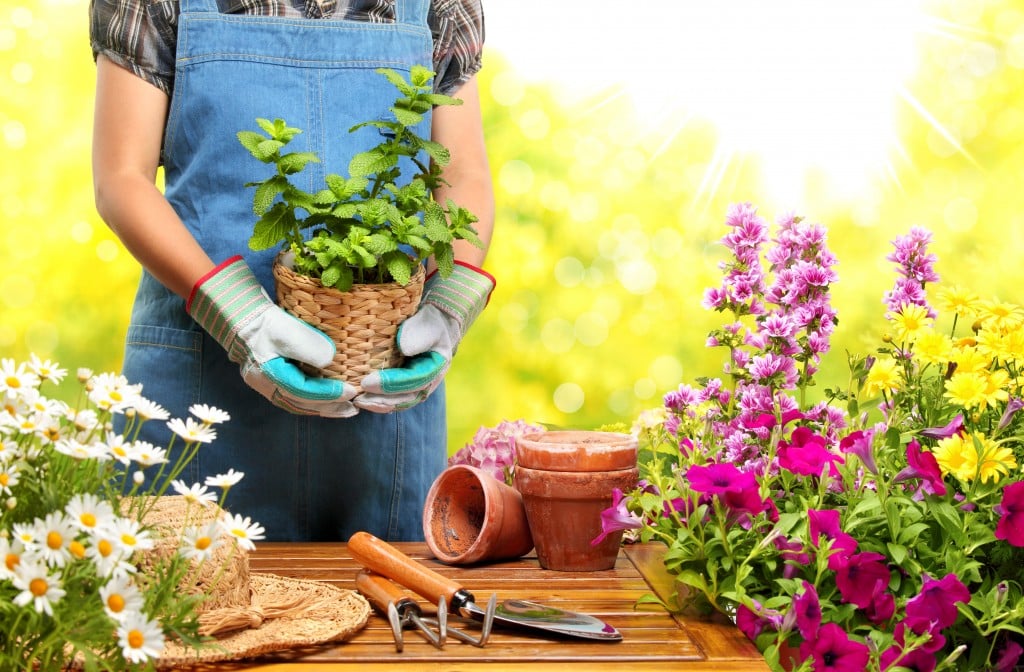It is in these challenging times that we begin to realize just how advantageous it is to have resources you can obtain without going out of your house. As COVID-19 cases in the U.S. continue to rise, it’s further stressed to us to stay at home. For that reason, our chances to go grocery shopping became limited, and the essential supplies have dwindled due to the citizens who hoarded.
But instead of sulking over quarantines and social distancing protocols, let’s see the lesson we can reap from the situation. If we can’t go out to buy food, we won’t go hungry if we grow them in our own yards. The produce we’ll plant and harvest is going to be much healthier for us, too, since they’d be free of pesticides that commercial produce tend to be laced with. What’s more, we’ll be saving more money, which we can allocate to our emergency savings and other investments.
If you’re concerned about the aesthetics of your garden, don’t worry because edible plants won’t ruin it. Reputable landscapers in Lehi and other cities can help you maintain your alluring garden even with produce and herbs all around, so when we finally beat this pandemic, consider availing their flawless services.
That said, here are the best edibles to grow in your garden:
1. Red Bell Pepper
This flavorful fruit is packed with twice as much vitamin C as citrus fruits, and its pigment, called beta carotene, is good for your eye and skin health.
Plant red bell peppers in a closed section of your garden first to ward off insects that are attracted to its leaves. Once their stems have toughened up and they’re about 6 inches tall already, they’d be safe in the open, so you may already take them out.
2. Herbs
If you’re craving for the unique aroma and flavor that only herbs can deliver, go for basil, lavender, and rosemary. They repel flies that can also devour the leaves of your produce. Basil leaves can soothe coughs, colds, sore throats, headaches, and flu, so you can use them as medications for the meantime if you suspect that you’ve caught the virus, before going to the hospital.
Lavender is a good pain reliever and can reduce high blood pressure and heart rate, while rosemary is rich in antioxidants, which guard against serious illnesses.
3. Garlic
Garlic is more than just a staple spice. It can fight infections, lower blood pressure, and prevent artery blockage. They’re not the prettiest-looking bulbs, so you can keep them to the sides or somewhere not very visible if you wish to prioritize aesthetics. (which isn’t a bad thing!)
4. Berries
You can eat the berries alone, or use them as toppings for plain yogurt, which is another food that boosts the immune system. When you plant berries, place a protective netting over them or keep them in an enclosed section, because animals may feed on them. But for the most part, berries are low-maintenance, plus they’re highly visually-pleasing, especially on certain seasons.
 5. Spinach
5. Spinach
Spinach is also packed with antioxidants and beta carotene. You may need to consult a professional gardener first before planting spinach since it has soil requirements such as a specific soil type, preferred pH levels, and fertilizers. When you cook spinach, just do it lightly to get the most of its nutrients.
6. Broccoli
Broccoli is one of the healthiest vegetables, being rich in vitamins A, C, and E, antioxidants, and fiber. Like spinach, it’s also best eaten lightly cooked or even just raw. Spring and fall are the best seasons to grow it, so you’re just in time if you’re starting now.
With these immune system-boosting greens in your garden, you can make plenty of healthy meals at home and bond with your family as you eat together. Quality meals give way for quality times, so use this break to put your green thumb to work.
